Virtual reality (VR) is no longer just for gamers and tech enthusiasts. Today, it is changing how companies train employees by bringing affordable, immersive, and measurable solutions to life. Metti IRA will explore how VR in training is helping businesses in improving their educational initiatives, with a clear path to measurable return on investment.
What Is VR In Training And Why It Matters Today
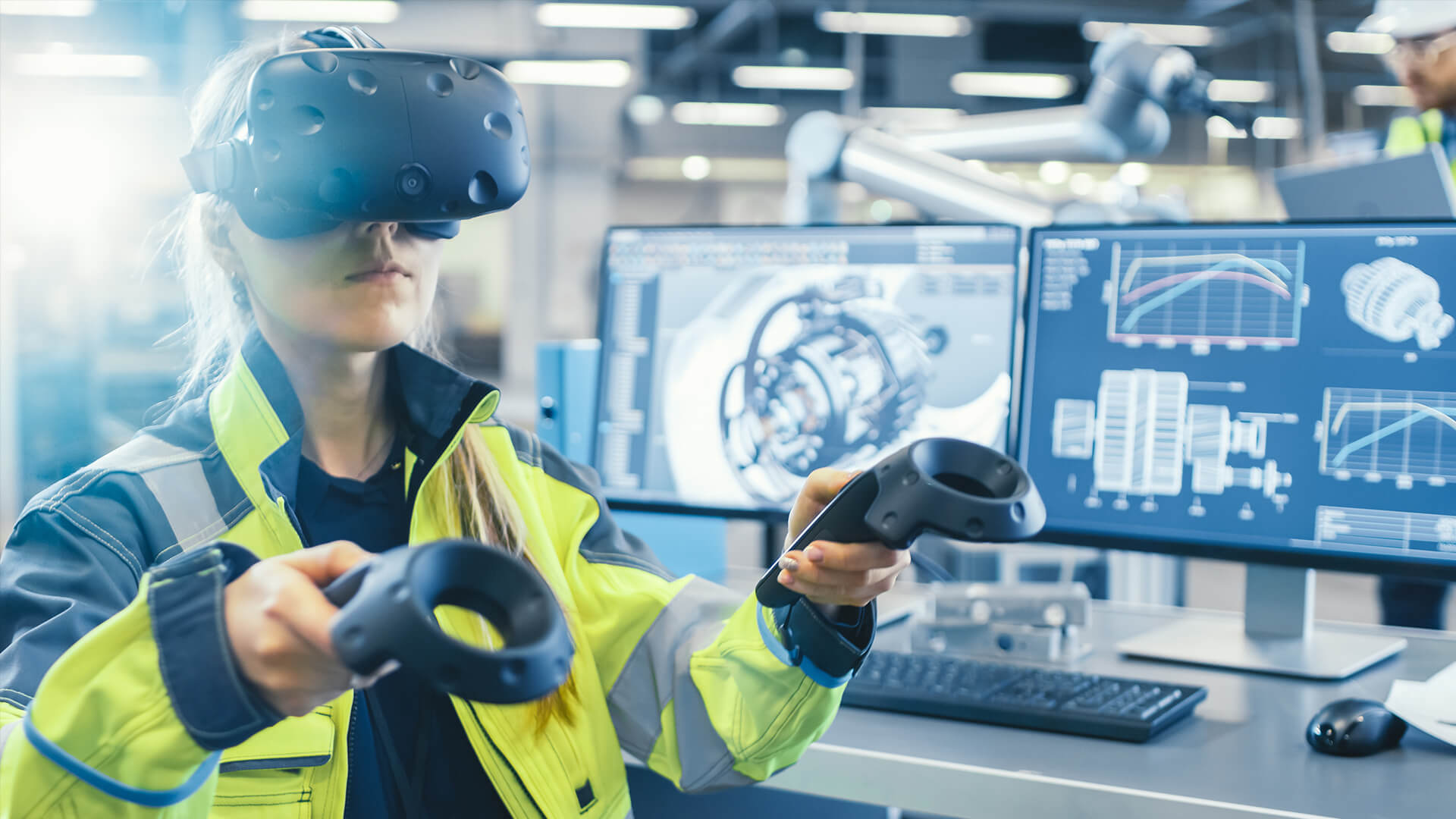
Employees can learn through VR training, which removes the risks and costs of making mistakes in the real world. Instead of viewing a video or reading a manual, trainees move into a virtual world, interact with realistic objects, and practice procedures in real time.
This immersive technology has been adopted by sectors like manufacturing, healthcare, and aviation in order to lower risk and speed up learning. VR provides complete immersion, providing users with a concentrated, distraction-free learning environment, in contrast to AR (augmented reality) or XR (extended reality).
Why Businesses Are Embracing VR For Training
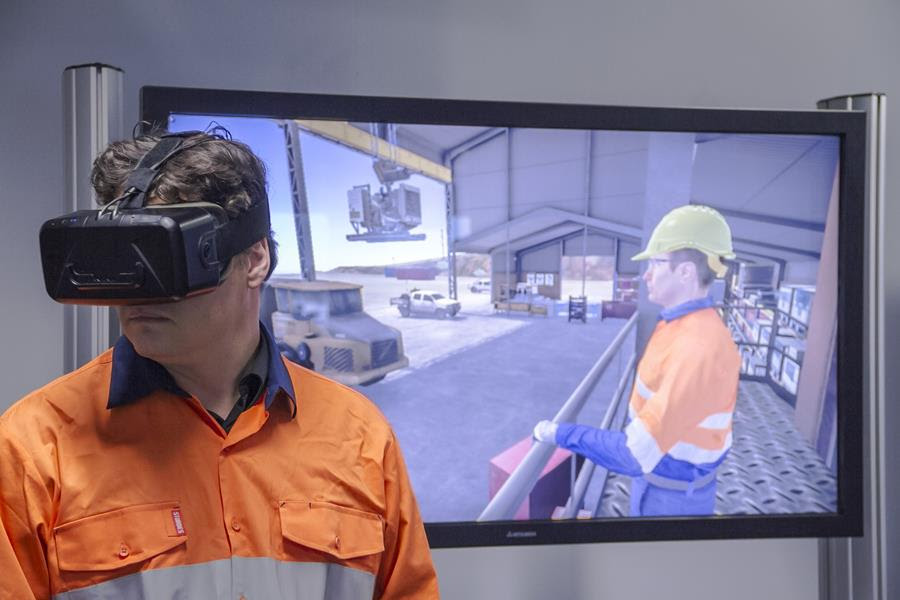
Companies are turning to VR for more than just “wow” factor. Here’s why:
- Higher employee engagement: Learners become more motivated, attentive, and inquisitive during an engaging experience.
- Faster onboarding and training: VR can reduce training time by up to 60%, especially for complex processes.
- Safe, controlled environments: Employees can perform risky duties like operating heavy machinery or performing surgery on a regular basis without facing any consequences in the real world.
- Improved retention and performance: According to studies, immersive learning can increase knowledge retention by up to 90%, while standard approaches only achieve 20% to 30%.
Breaking Down The ROI Of VR Training
Businesses who engage in VR training are not merely purchasing technology; rather, they are opening up more intelligent and efficient methods of employee training. Understanding ROI (Return on Investment) entails examining both the influence you can sense and the things you can measure in statistics.
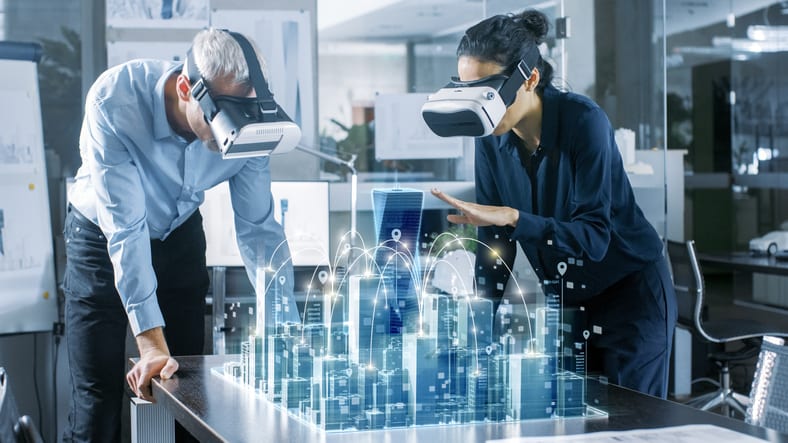
What Does ROI In VR Look Like?
ROI in immersive training can be broken down into two categories:
Hard ROI
These are the measurable, financial benefits:
- Faster certification: Trainees spend less time off the floor as they become proficient more quickly.
- Fewer errors: Hands-on practice reduces mistakes on the job.
- Less downtime: Workers get back to work sooner, minimizing productivity gaps.
- Lower travel and facility costs: No need to fly trainers in or rent physical space.
Soft ROI
These are performance-driven benefits that are harder to measure but just as valuable:
- Higher employee morale: People feel more confident and supported.
- Improved collaboration: Shared immersive experiences foster better team dynamics.
- Increased job satisfaction: Engaged learners are more likely to stay with the company.
Key Metrics To Track
Clear measurements are the first step in tracking ROI. The following are the most widely used metrics to gauge the effectiveness of VR training:
- Time to competency: How quickly do employees get job-ready?
- Knowledge retention: How much do they remember weeks later?
- Error rates: Are mistakes decreasing after VR training?
- Incident frequency: Has safety improved in high-risk roles?
- Training completion time: Is the overall training process faster?
Pro Tip: Show a clear improvement in performance and efficiency by comparing these metrics before and after VR implementation.
VR Training vs. Traditional Training: A Cost Comparison
|
Cost Element |
Traditional Training |
VR Training |
|
Upfront Investment |
Minimal setup |
Hardware + software purchase |
|
Content Development |
Printed materials or slides |
3D environments + interactivity |
|
Talent & Admin Overheads |
Trainers, facilitators |
Developers, tech support |
|
Long-Term Costs |
Repeated sessions, travel |
Reusable modules, remote access |
Real-World Use Cases: Success Stories Of VR In Training
VR is more than just a trendy term; it’s revolutionizing employee training. Here are some noteworthy instances from sectors that are already experiencing quantifiable effects:
Manufacturing Safety Training

VR was used to model intricate assembly processes at a major auto factory before employees ever touched actual machinery. Repetition of tasks until they were learned allowed new hires to practice in a risk-free setting.
Result: The onboarding process is 30% faster and assembly errors are reduced by 40%. Along with increasing accuracy, it also cut down on the amount of time senior staff members spent mentoring novices.
Healthcare Onboarding
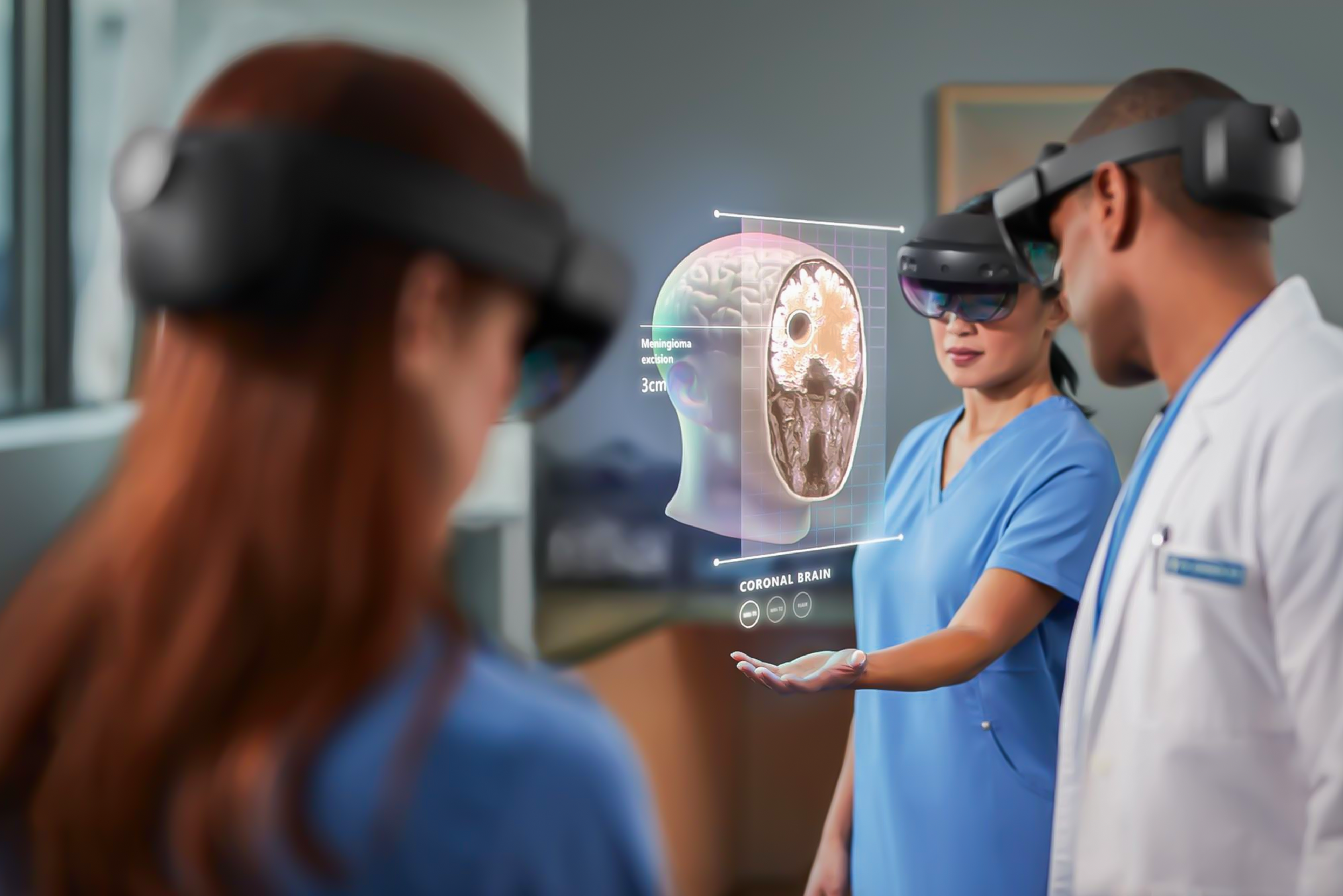
A major hospital implemented VR simulations for surgical training. Instead of using cadavers or costly physical simulations, trainees practiced delicate procedures in immersive, interactive 3D environments. Real-time feedback allowed them to adjust their techniques on the spot.
Result: Surgical training time dropped by 60%, and new surgeons reported increased confidence and readiness before operating on real patients.
Aviation Simulation
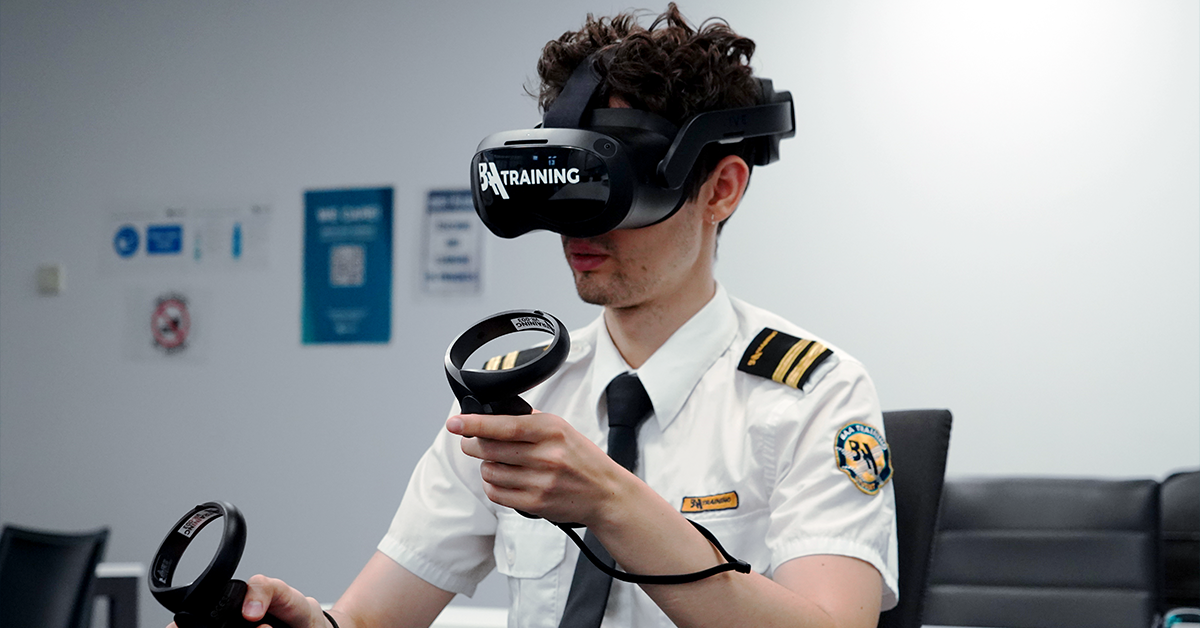
VR flight simulators were introduced by major airlines for pilot training. High-pressure conditions that are challenging to safely mimic in actual aircraft, like emergency landings or turbulence management, were replicated in these simulations.
Result: 90% of the knowledge was retained by the trainees, which is much higher than the 40–50% retention rate observed in traditional classroom training. In real-life simulations, pilots also reacted faster and more composedly.
Getting Started with VR in Training: Strategy & Implementation
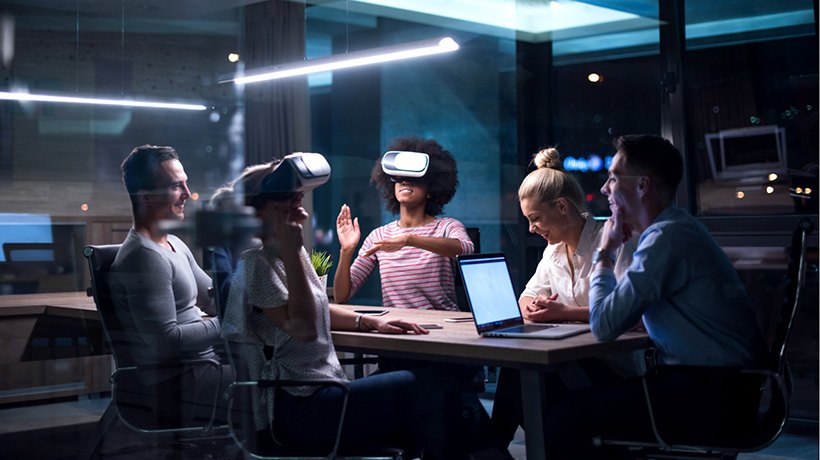
It doesn’t have to be difficult to incorporate VR into your training program. A well-thought-out rollout plan guarantees that you minimize risks and increase value. Here’s how you get off to a great start:
Pilot Program Planning & Stakeholder Buy-In
Begin small. Select a specific team or department—like warehouse safety or customer onboarding—and run a pilot.
Use this phase to:
- Gather feedback from real users
- Fine-tune content and interactions
- Demonstrate value to key stakeholders
Tip: Involve leadership early and share early wins. Executive buy-in is crucial for budget and long-term support.
Scaling VR Across The Organization
Expand gradually after your pilot shows results. Give priority to areas that require a lot of training or compliance—for example, technical product training, safety protocols, or HR onboarding.
Use pilot data to:
- Justify additional investment
- Tailor training modules for each team
- Build internal case studies that show ROI
Scaling should feel organic—not rushed—so your teams can adapt comfortably
Integration with Existing Learning Management Systems (LMS)

Integration is essential for training to be successful at scale. Verify the seamless integration of your VR training platform with your current Learning Management System (LMS) in order to:
- Track learner progress
- Generate performance reports
- Centralize training records
A connected system offers administrators and staff a smoother experience, improved analytics, and simpler administration.
Is VR In Training Worth the Investment? A Final Verdict
VR is the new training method that helps firms learn more efficiently, effectively, and quickly. It is not simply a fad. When done right, it creates a workforce that is prepared for the future in addition to providing a definite return on investment.

